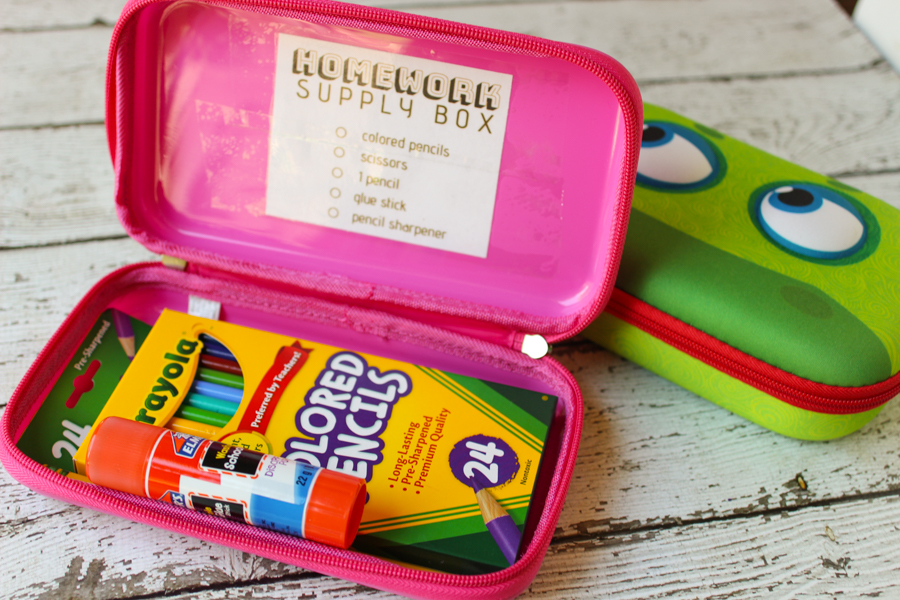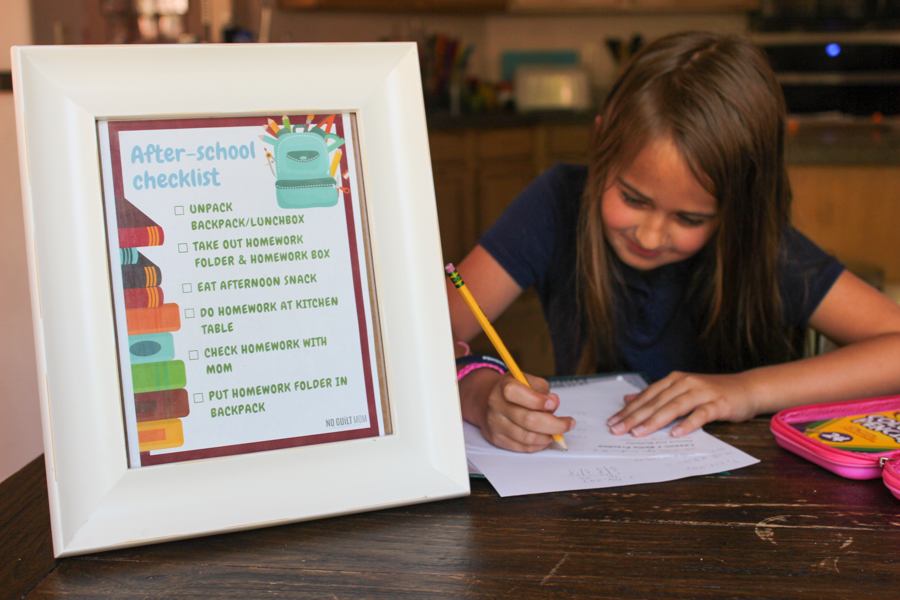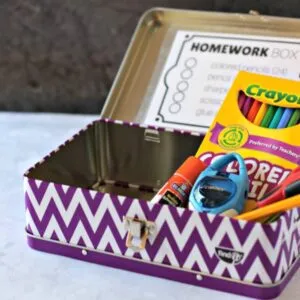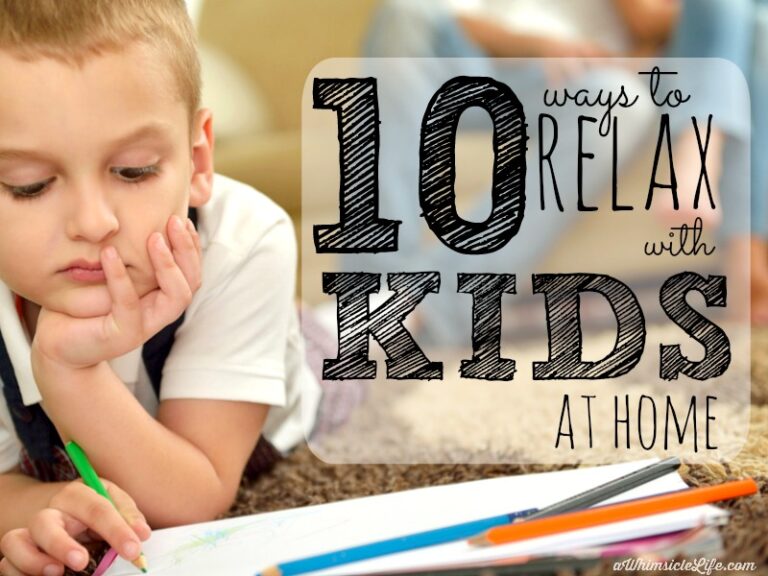5 Mistakes Every Parent Makes with Homework
My daughter used to leave the kitchen table and throw herself on the couch.
“I can’t DO it,” she wailed, “It’s TOO hard.”
Every afternoon became a neverending negotiation – one I dreaded.
I just wanted to pour myself a glass of wine and hide in the closet.
What do you do at that point?
I know my first knee-jerk response was to:
- Encourage (Yes, you can do this!)
- Negotiate (Please, just try)
- Barter (If you do this now, you can watch whatever TV show you want)
Ya, I wasn’t helping.
But we all make mistakes like these as parents. When we see our words aren’t making an impact, we resign ourselves to homework being this hellish-hour.
(For some, it might be two hours.)
It doesn’t have to be that way.
In fact, if you want some quick tips that you can implement right away to have a more productive homework time, click to get my FREE Quick-Start Drama Free Homework Guide HERE.
Got it? YES!
Before you put them into action…
Here are the mistakes you might be making and how to fix them.
Mistake #1: We do too much for them
When I see my baby struggle, I want to do anything I can to make it better.
But, it will not help my child in the slightest.
In fact, it’s harming our kids because when we step in, we’re robbing them of developing self-efficacy, the belief that they can conquer problems all by themselves.
It’s a mistake I readily admit that I made with my daughter when she was younger. However, with my son, I stopped myself from stepping in.
Last week, he brought home a “family homework assignment” – and can I tell you that when I see his teacher assigned me homework, it ignites feelings of rage.
But, I remain calm. Because as soon as I saw the assignment, I knew I needed to limit my involvement.
His assignment was to build something that floats.
Immediately, I thought, “YES! Let’s break out the aluminum foil and we can have a boat in mere seconds. A+ for me!”
Thankfully, I help my high-achieving self back.
Instead, I started asking questions:
- What can you think of that floats?
- What do you need to make it?
- Why do you think it sank like that?
- What changes would you like to make?
He created this hollow ball pieced together with strips of paper and glue. I never would have done that!
Mistake #2: We don’t ensure they have the supplies
I know what you’re thinking.
“I bought my child pencils, a glue stick, scissors… everything she needs!”
If your children are anything like mine, your next sentence is:
“But, she lost them all!”
Yes, I’ve been there. We’ve spent many homework sessions wasting the first 20 minutes searching for a pencil.
So we fixed it.
A homework box – one for each child – has saved so much time. Plus, there are no fights over supplies.
READ: How to make your homework box
Mistake #3: We make excuses for the lack of focus
We watch our kid let every little distraction get them off task. They sit down for a second and then jump up for a glass of water..
…or they forgot their book in the other room.
…or need a quick snack.
It’s enough to make even the most patient parent lock herself in the bathroom with a pint of Ben & Jerry’s.
Our mistake is that we rationalize their distractibility. Such as,
- He’s only 7 (or 6, or 8, or 9)
- She’s had a really long day at school
- He has ADHD and this is just how it is
What we don’t realize is that our brains are like muscles. The more we practice a task, the more those specific task-related neurons fire and create all these little pathways through our mind.
Think of walking through fresh snow. Sure, the first time might be difficult – picking up your feet each time and lugging through.
Then, another person comes along and sees a path already made.
Instead of pushing through and forging a new path, they take yours and their walk through the snow becomes infinitely easier.
This is what happens when we practice a new task. Our brain creates a new pathway and each time becomes easier.
The same with kids and focus.
Set a timer for 2 minutes and have your child work steadily for ONLY 2 minutes. Once they’re successful, gradually increase the time.
You’ll witness your child’s brain creating her own pathway through the snow.
Mistake #4: We don’t intentionally set a routine
Yes, our kids are tired after school.
So, we let them sit down and watch TV or we tell them to immediately start their homework.
We start nagging our kids as soon as they walk in the door until they go to sleep at night.
Even though we haven’t intentionally set a routine… that’s the routine.
Instead, sit down and ask your kids the order in which they want to get stuff done after school.
Write it down and post it. You’ll do less nagging and have a much happier evening.
Read: Your Perfect After-school checklist (that’s completely editable)
Mistake #5: We make them do EVERY bit of assigned homework
As a former teacher, I admit, I assigned WAY too much homework.
(Shhhhh… come closer)
AND… I didn’t expect my students to do all of it.
I know, really faulty reasoning, but there are so many different abilities in an elementary school classroom. Kids develop on differing schedules.
I may have had one student who could focus like a champ while another experienced success in simply completing the math worksheet.
Plus, not every kid needs practice in every subject at home.
In our home, we regularly the timed reading requirement.
Read: Ditch the Reading Log
And frankly – if we’re short on time and homework has been a struggle – we skip any piece of work that can’t be verified.
This may make you feel shady, but realize that as kids workload increases throughout school, they must make priorities.
It’s OK to do the bare minimum.
Researcher Alfie Kohn says, “Educational success should be measured by how strong your desire is to keep learning.”
Forcing our kids to give 100% on subjects that don’t interest them just doesn’t make sense – especially when motivation and homework completion is an issue.
Yes, we’ve made mistakes…
But mistakes are all a part of learning what works and what doesn’t.
As the popular saying goes, “there are no mistakes, only lessons.”
By letting our kids struggle more, allowing them fewer excuses and leading them to love learning, we can be confident that we’re teaching them responsibility and helping them succeed.
AND we reduce the time we spend in the closet with a glass of Cabernet.






























